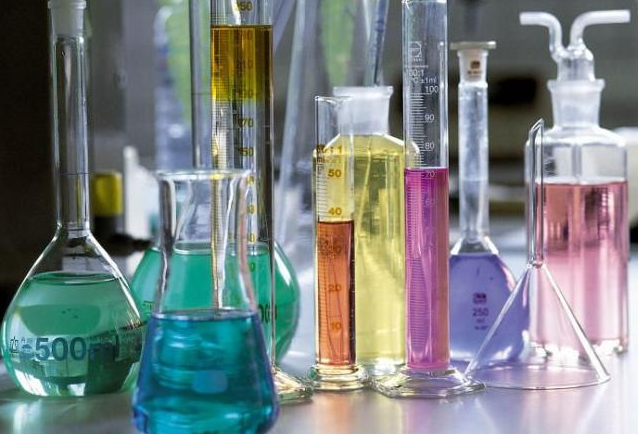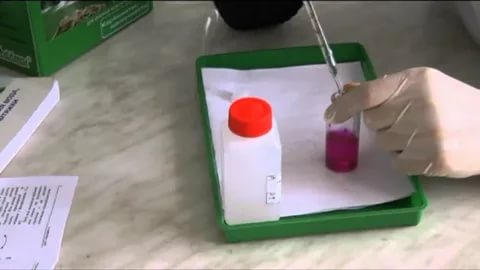Distillation-neutralization titration method to detect ammonia nitrogen in water
发布时间:2021/4/13 9:30:36 来源:贯奥仪器仪表 作者:便携式多参数水质分析仪器 阅读次数:
The main function of ammonia nitrogen in water is to nourish plant growth. However, once the content of ammonia nitrogen in the water is too much, it will cause a large number of algae and microorganisms to grow, excessive consumption of dissolved oxygen in the water, resulting in hypoxia and death of animals in the water. Therefore, the daily ammonia nitrogen detection is important for aquatic products. Very important for the breeding industry. In fact, there are many methods for detecting ammonia nitrogen, such as Nessler's reagent spectrophotometry and Kjeldahl nitrogen determination method. In addition to the methods described above, there are also gas phase molecular absorption method, colorimetric method, electrode method, and the distillation-neutralization titration method that we will introduce today.
Distillation neutralization titration method to detect ammonia nitrogen is only applicable to water samples that have been subjected to distillation pretreatment. The water sample needs to be pretreated by distillation, so that the released ammonia is absorbed in the boric acid solution, and the methyl red methylene blue is used as an indicator for titration.

Distillation neutralization titration method all reagents and instruments
1. Reagents
(1) The water used for reagent preparation should be pure water without ammonia.
(2) Mixed indicator: Weigh 200mg methyl red dissolved in 100mL 95% ethanol; another called 100mg methylene blue dissolved in 50mL 95% ethanol. Mix two parts of methyl red solution and one part of methylene blue solution for training (valid for 1 month).
(3) 0.020mol/L sulfuric acid standard solution.
(4) 0.05% methyl orange indicator solution.
2. Apparatus
(1) Acid burette: 50mL.
(2) Erlenmeyer flask: 250mL.
(3) Volumetric flask: 500, 1000mL.
(4) Beaker: 500mL.
(5) Pipette: 5, 10, 50mL.
(6) Analytical balance: accuracy ±0.0001g.
(7) Ammonia nitrogen distillation device.
(8) Wash the ear ball.

Precautions for distillation and titration
1. The reagents should be analytically pure, and the pure water should be pure water without ammonia.
2. When the water sample is colored or turbid, the water sample should be pretreated, and the seriously polluted wastewater with high content of ammonia should be distilled.
3. Water samples should be stored in polyethylene bottles or glass bottles and analyzed as soon as possible.
4. Avoid bumping and foaming during distillation, otherwise it will cause incomplete ammonia absorption.
5. To control the pH value of the distillate well, not too high or too low
6. The air tightness of the distillation device should be good, and the operation should be strict.
7. Be sure to turn on the condensate before distillation. After the distillation is completed, first remove the absorption liquid and then turn off the electric furnace to prevent back suction.
Preparation of Standard Solution for Distillation Neutralization Titration
1. Prepare a 1:9 sulfuric acid solution.
2. Dissolve: Use a pipette to draw 5.6mL 1:9 sulfuric acid solution in a 1000mL volumetric flask, and dilute with ammonia-free pure water.
3. Constant volume: Use ammonia-free pure water to dilute the dissolved medicine to 1000 mL, and mix well.

Sampling and testing of ammonia nitrogen in water
Take the distillate pretreated by distillation and use 50 mL of boric acid solution as the absorption liquid, add 2 drops of mixed indicator to the distillate, and titrate with a sulfuric acid standard solution until the green turns to lavender. The blank test was carried out with pure water without ammonia instead of the water sample, and the test procedure was the same as that of the water sample. Record the volume (mL) of the sulfuric acid standard solution, and then calculate the ammonia nitrogen content.


